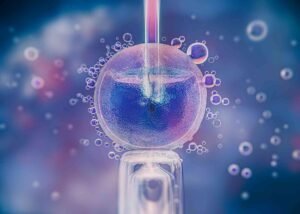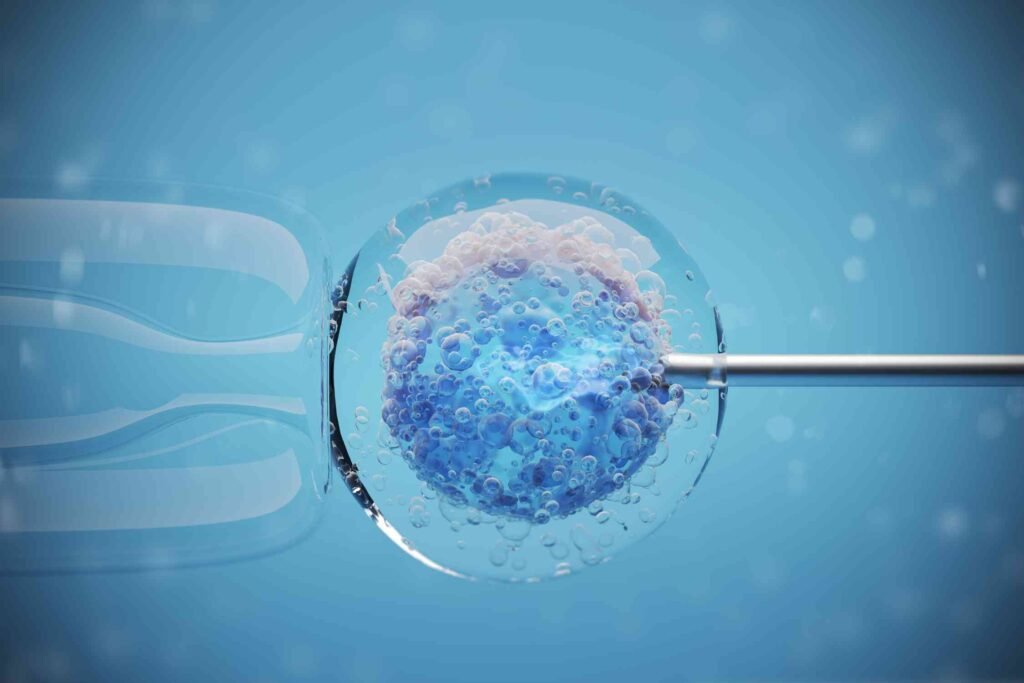Steps in IVF Treatment: A Comprehensive Guide
In vitro fertilization (IVF) is a popular assisted reproductive technology that helps couples facing infertility challenges. Understanding the steps involved in the IVF process can help alleviate some of the stress and uncertainty associated with it. This comprehensive guide will walk you through each stage of the IVF journey, from the initial consultation to embryo transfer and follow-up care.
What Are the Steps in IVF Treatment?
Initial Consultation
The IVF journey begins with an initial consultation with a fertility specialist. During this appointment, your medical history will be reviewed, and initial fertility tests will be conducted. These tests typically include blood work, ultrasounds, and semen analysis for male partners. This consultation is crucial for determining the most appropriate treatment plan based on your unique circumstances.

Ovarian Stimulation
The next step in the IVF process is ovarian stimulation. Fertility medications, such as gonadotropins, are administered to stimulate the ovaries to produce multiple eggs. This stage typically lasts 8-14 days and involves regular monitoring through blood tests and ultrasounds to track the growth of the follicles.
Egg Retrieval
Once the follicles have matured, a trigger shot is given to induce final egg maturation. Egg retrieval is scheduled approximately 36 hours after the trigger shot. This minor surgical procedure involves using a thin needle to aspirate the eggs from the follicles under ultrasound guidance. The procedure is performed under sedation, and patients can usually go home the same day.
Sperm Collection
While the eggs are being retrieved, a sperm sample is collected from the male partner or a sperm donor. The sperm is then processed and prepared for fertilization. In some cases, surgical sperm extraction procedures may be necessary.
Fertilization
Fertilization can be achieved through conventional IVF or intracytoplasmic sperm injection (ICSI). In conventional IVF, eggs and sperm are combined in a lab dish and allowed to fertilize naturally. In ICSI, a single sperm is injected directly into an egg. The fertilized eggs are then cultured in the laboratory for several days.

Embryo Development
Embryos are monitored for 3-6 days to assess their development. Embryologists evaluate the quality of the embryos based on cell division and morphology. The best quality embryos are selected for transfer or freezing.
Embryo Transfer
Embryo transfer is a crucial step in the IVF process. The best quality embryos are selected and transferred into the uterus using a thin catheter. The procedure is simple and usually does not require anesthesia. The timing of the transfer is carefully coordinated with the woman’s menstrual cycle to maximize the chances of implantation.
Luteal Phase Support
After the embryo transfer, hormonal support with progesterone is provided to enhance the chances of implantation and pregnancy. Progesterone can be administered through injections, vaginal suppositories, or oral medications.

Pregnancy Test
Approximately 10-14 days after the embryo transfer, a blood test is performed to measure the levels of human chorionic gonadotropin (hCG), the pregnancy hormone. A positive result indicates a successful implantation. If the test is positive, follow-up ultrasounds and blood tests are conducted to monitor the pregnancy.
Conclusion
The IVF process is complex and involves multiple carefully timed steps. Understanding each stage can help manage expectations and reduce anxiety. IVF offers hope to many couples struggling with infertility, and advancements in technology continue to improve its success rates. If you are considering IVF, consult with a fertility specialist to discuss your options and develop a personalized treatment plan.


